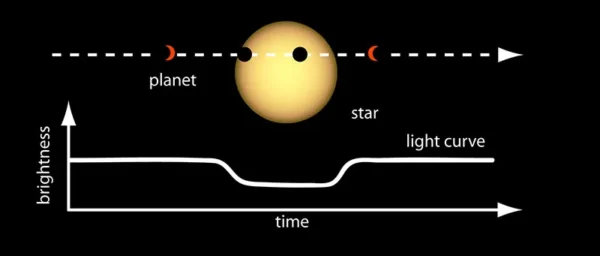Eclipses and Exoplanets
Hi, I’m Marley the astronomer here at the Space Centre. For May and June 2024, our theme will be on exoplanets. For this blog, I wanted to take the time to show how exoplanets are related to an event that captured the attention of people on Earth around the globe.
On April 8th 2024, there was a total solar eclipse visible to people across North America. In Vancouver, our view of roughly 17% of the Moon covering the Sun was obscured by clouds, but those in the path of totality with a clear view got quite a treat. In astronomy, an eclipse is what happens when there is a complete or partial covering of a celestial body by another. In this case, from our perspective on Earth, the Moon covered the Sun.
Earth is the only planet in our solar system that gets the spectacular event of a total solar eclipse. Our Moon and the Sun just so happen to appear to be the same size in the sky from here on Earth. Other planets with moons in our solar system don’t have these cosmic coincidences, so their eclipses look different. Mars’ moons Phobos and Deimos have been observed by NASA’s Perseverance rover passing in front of the Sun. Both Moons are too small to appear to cover the entire disk of the Sun, so the result is an annular eclipse, which are also considered transits.
In astronomy, a transit is an event that occurs when one object passes in front of another. In our own solar system, we see transits when we see an eclipse, or when planets like Mercury pass in front of the Sun. A transit occurring depends on how the orbits of planets line up, but with an estimated few hundred billion planets, there are a lot of opportunities for transits to occur. And astronomers use transits to detect and learn about exoplanets.
When observing distance stars, astronomers analyze their light. Light from a star can tell us what it is made up of, its temperature, and how far away it is. When researchers observe a star for a long period of time, they can create a light curve.

Image source: NASA
This curve shows how the brightness of the star changes. Some of those changes are from natural fluctuations as the star goes through its life, but other changes can be due to exoplanets. When an exoplanet passes in front of its star from our perspective from our telescopes, the light curve will have a dip as part of the light from the star is blocked out. This method of detecting exoplanets is called the transit method. Nearly 75% of exoplanets are found using this method.
Transits also allow us to learn a lot about exoplanets. The amount that the star’s brightness lowers can tell astronomers the size of the planet, and the amount of time between dips can tell astronomers how long the planet takes to orbit the star. Astronomers can even learn about the possible habitability of the exoplanet by studying how the light passes through the exoplanet’s atmosphere. The light can show evidence of water vapor or oxygen, or the lack of it.
Transits are not just a spectacular event to see, they are also scientifically useful. We are very lucky as a planet to have total solar eclipses, and equally as lucky to be able to use eclipses to learn more about other planets in our galaxy. Check out the activities below to learn more, and mark your calendars for the next total eclipse event here in Vancouver: a total lunar eclipse on March 13th 2025.
Astronomer’s playlist
Time
Activity
30 mins
Build Your Own Transit Light Curve!
In this activity you can build your own light curve of a target star by using two companion stars. This is one way astronomers can build a light curve for a star.
Ask yourself:
What might be a limitation of this method?
30-60 mins
Model a Solar Eclipse
Eclipses happen when one object passes in front of another. The solar eclipses we see on Earth are so spectacular because our Moon and Sun just appear to be in the same size in the sky. In this activity, you can model your own eclipse.
120+ mins
Build Your Own Spectrometer
Using some basic materials you may have laying around home, you can build your own spectrometer and observe the light being emitted and absorbed by different sources. This activity will teach you about the different types of spectra and what scientists can use them for.
DO NOT point the device you create directly at the Sun!
Ask yourself:
Do you think our atmosphere impacts the colours you are able to observe? Would you see the same colours on Mars or Venus?
MicroObservatory Exoplanet Search
In this project, you can take your own images of faraway solar systems, and interpret the data yourself. You can share your results, and check out what other people have found. Along the way, you will be learning how to use a software specific to exoplanet transit interpretation.
Planet Hunters NGTS
The Next-Generation Transit Survey has been scanning the skies for exoplanets since 2015. In this citizen science project, you can help scientists comb through the data from the survey, and maybe even identify an exoplanet candidate!

